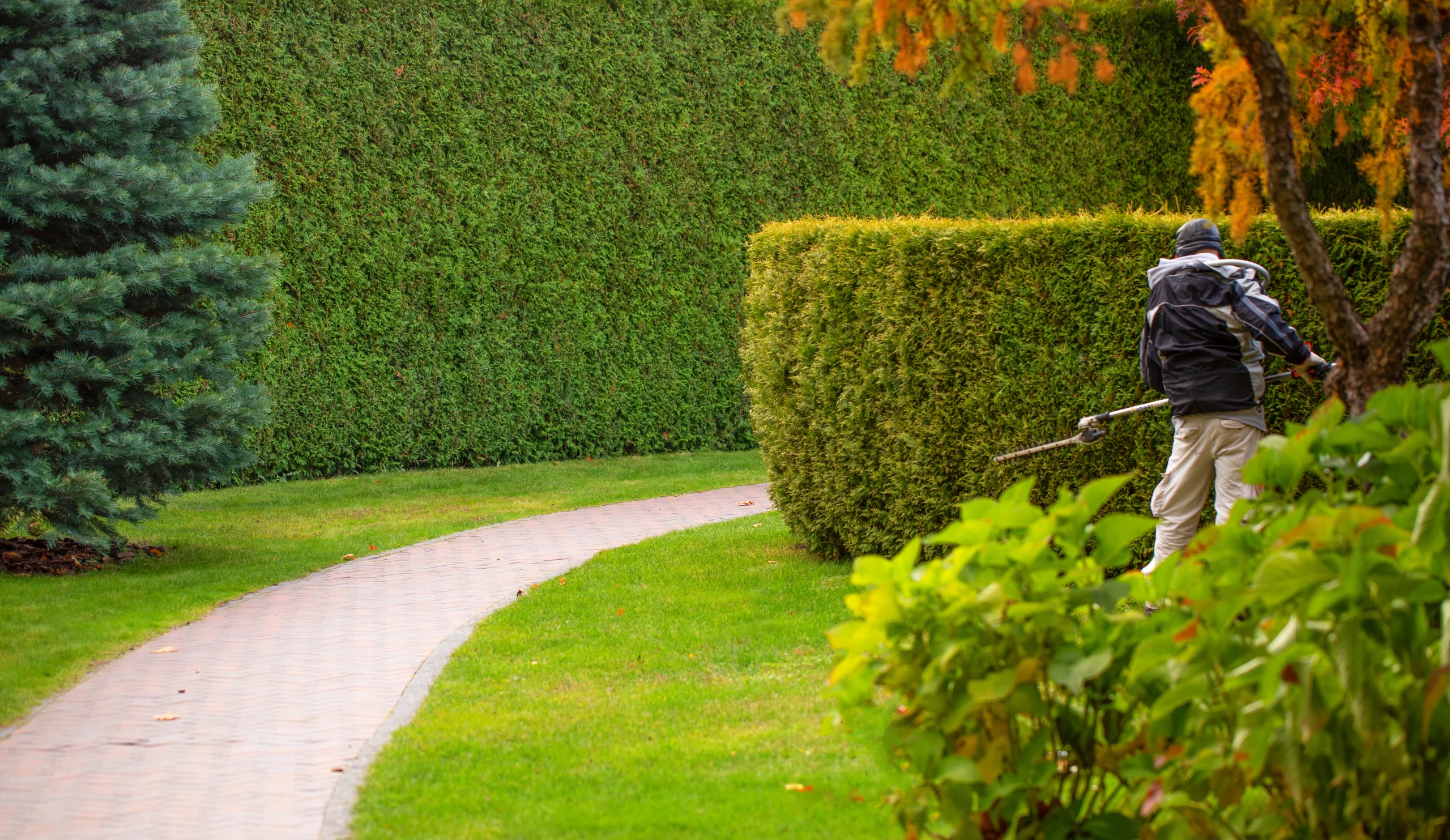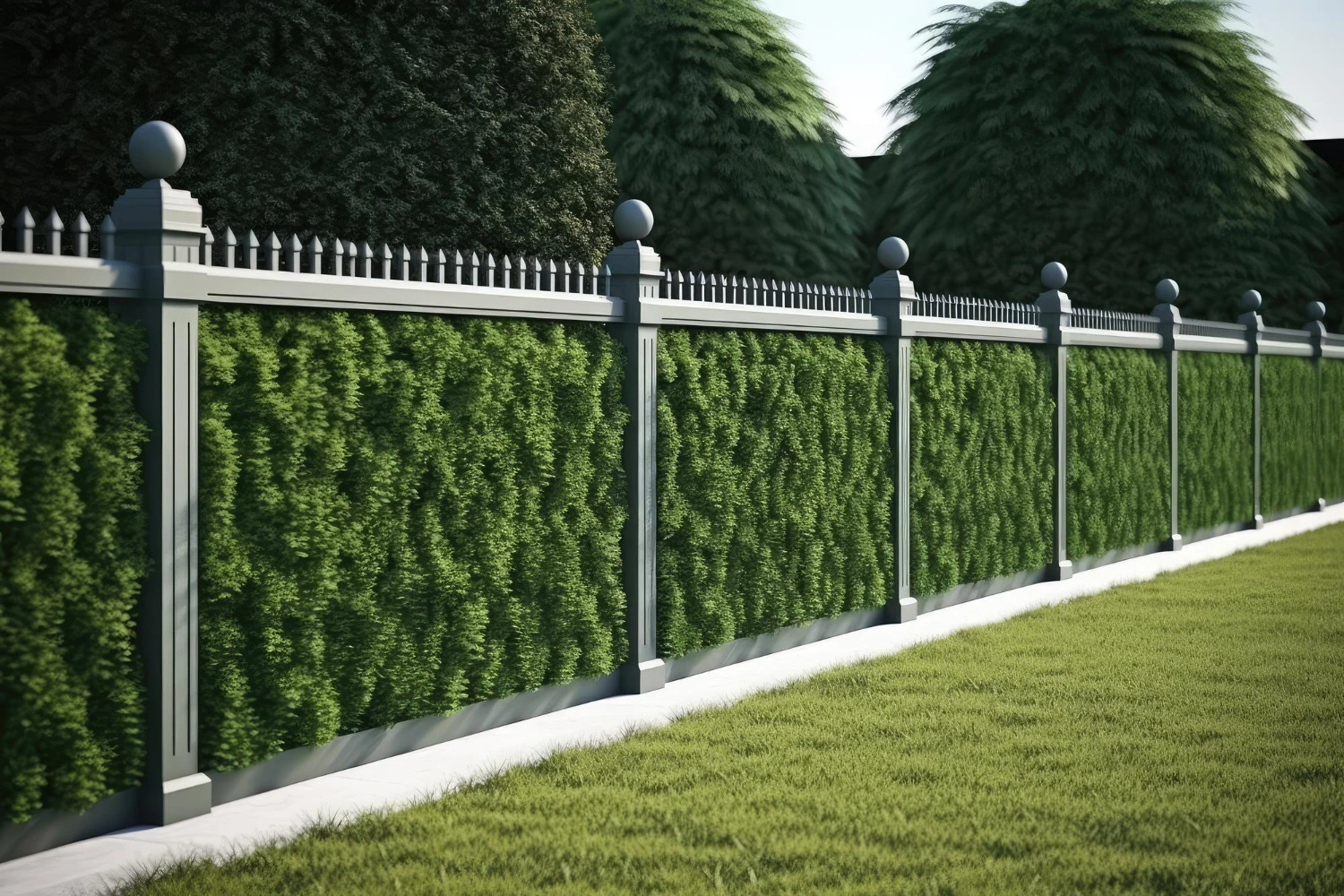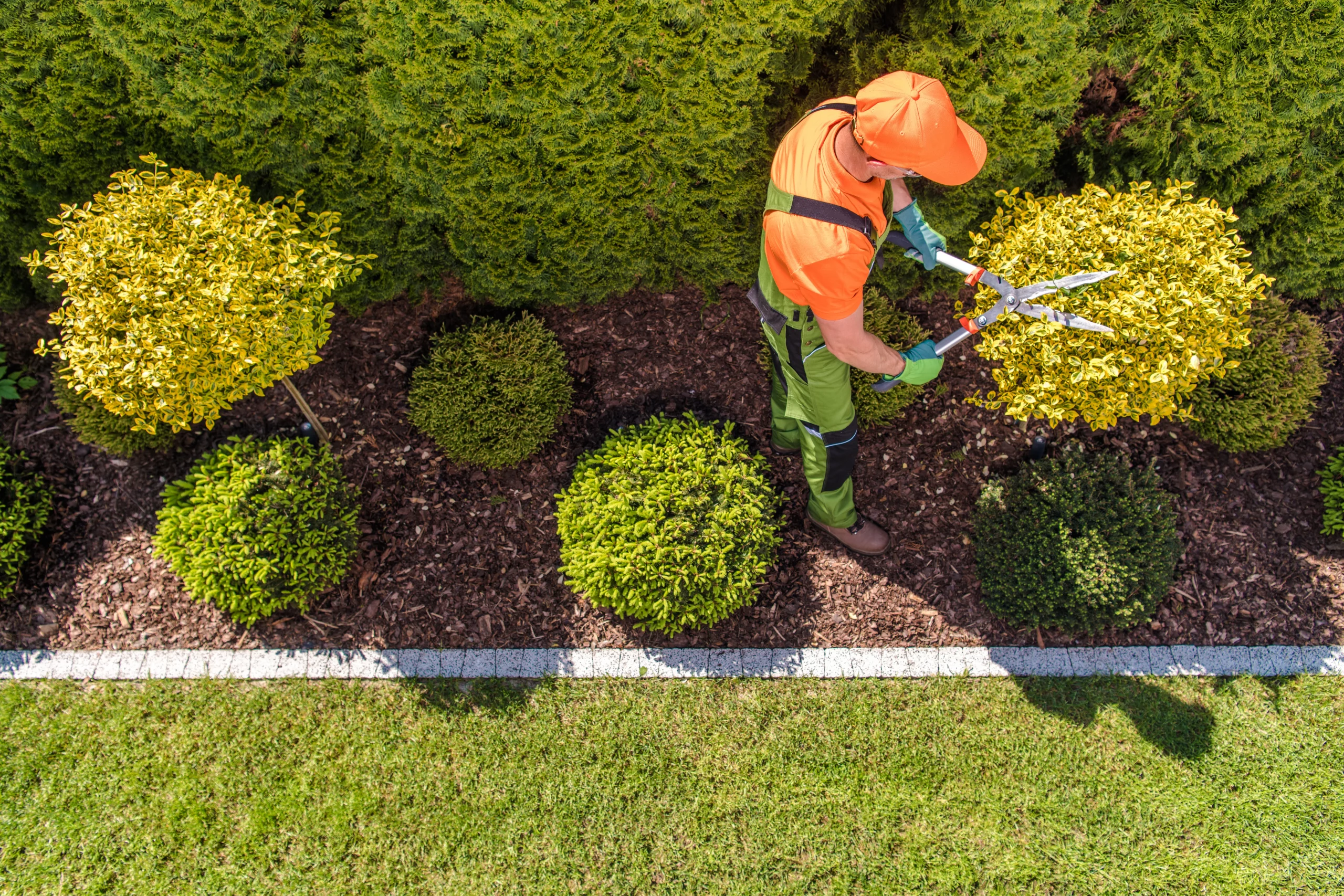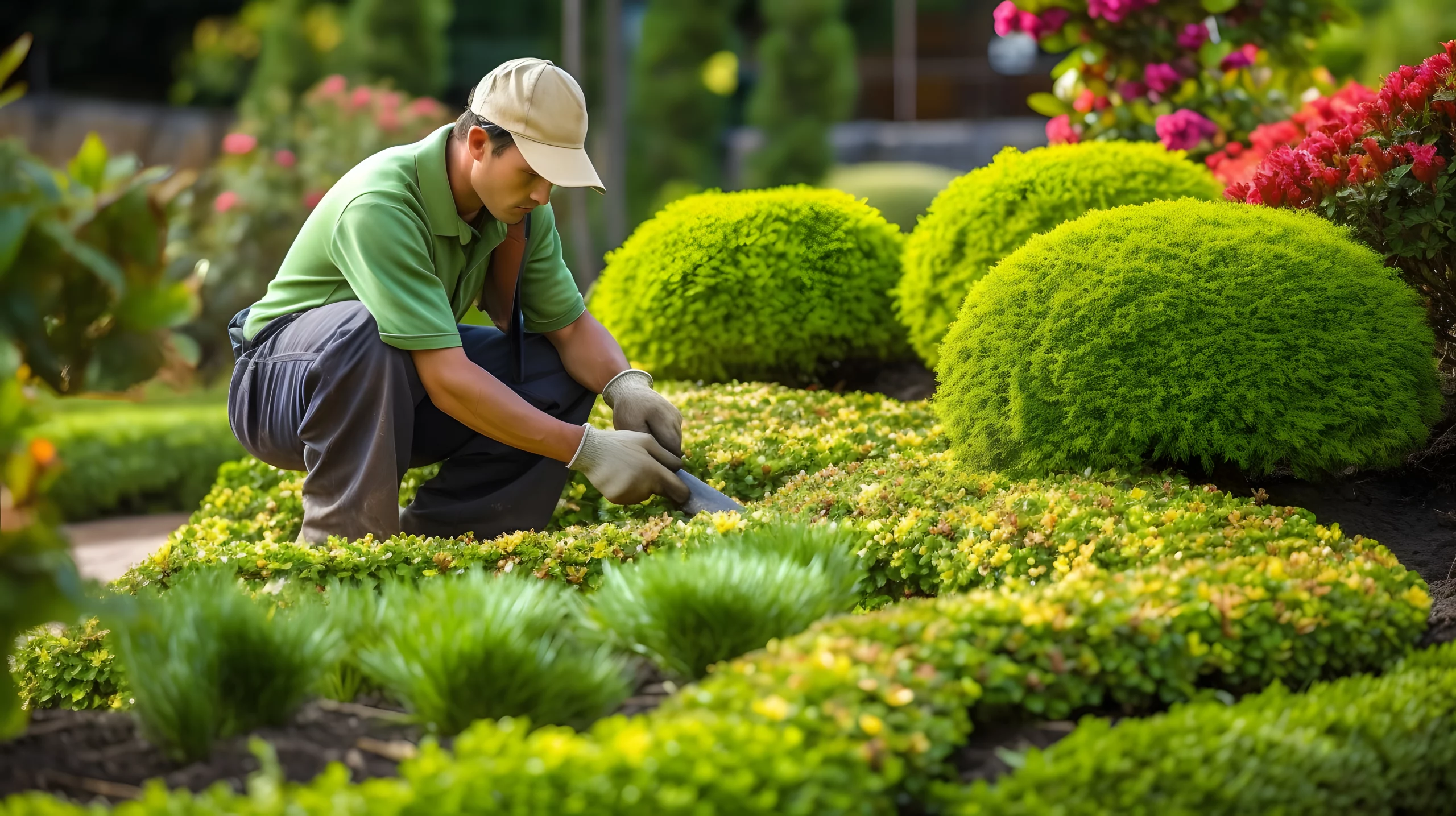which side of the garden fence is my responsibility
Which Side of the Fence am I responsible for? Understanding Garden Boundary Law
Posted by Ben | Updated July, 2024 | 10 Min Read Time
At a glance:
- Ownership of a fence, whether it be on the left or right side of your property, does not adhere to a universal rule.
Key takeaways:
- Understanding fence responsibility can prevent neighbourly disputes.
- Title deeds and land registry documents are crucial for establishing ownership.
- Consultation with the Land Registry may be necessary when altering fences.
Determining which side of the garden fence is my responsibility can lead to confusion and sometimes even disputes among neighbours. Ownership and responsibility for boundaries are not always straightforward, hinging on factors like local land use and development plans, and what’s detailed in title deeds.
It’s commonly misconceived that there is a uniform rule such as “left side” or “right side” ownership; however, the reality is much more nuanced. A review of the title plan and deeds often provides clarity, accompanied sometimes by a boundary agreement between neighbours.
In some cases, the aesthetic appearance of a fence can be an indicator of responsibility, with the “nicer” side facing the owner who maintains it. Property boundaries can often necessitate official documentation or a decision from the Land Registry, especially when alterations or enhancements to the garden’s boundary are in consideration.
Before making any changes to a boundary fence, it’s important to verify the specifics of ownership to avoid any legal complications that could arise from boundary disputes.
We’ll unpack this in more detail below.
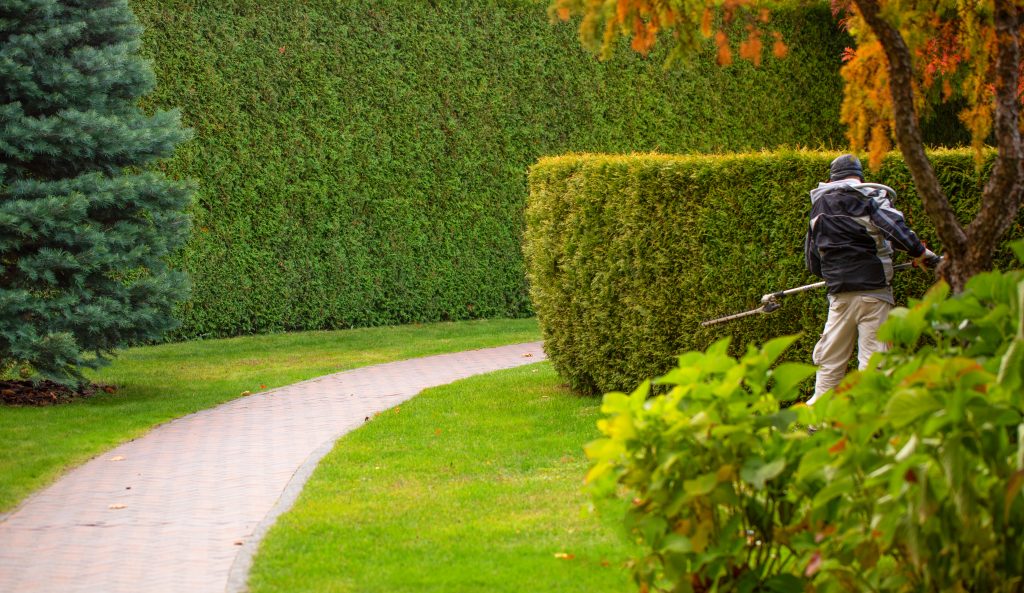
Unfortunately, Ownership Of A Fence, whether on The Left Or Right Side Of Your Property, Does Not Follow A Universal Rule.
Is your fence due for a renewal this summer?
Establishing Property Boundaries: Where to draw the line?
Establishing one’s property boundaries often requires consulting a variety of sources. For homeowners in England and Wales, the Land Registry is a crucial starting point. Title plans issued by the Registry office detail the general position—but not the exact line—of property boundaries. These documents, along with property deeds, provide an initial framework but may lack precision.
When determining the exact line, a boundary agreement with one’s neighbour can serve as a legal recognition of the division. This agreement should be lodged with the appropriate authorities for future reference. Where there is uncertainty or disagreement, it may be necessary to seek legal advice from a solicitor, who can study the detailed land registry plan and interpret any relevant planning permission records.
Responsibility for boundary fences can be a common cause of dispute. To alleviate confusion, those who own a home should examine their property’s deeds, which may state who owns which fence. For properties without clear instructions, a rule of thumb is often observed where one’s responsibility lies with the fence on the property’s left side as one looks at it from the street, although this is not a legal requirement.
Homeowners embroiled in boundary disputes should aim for an amicable resolution with neighbours if possible. Disputes can escalate to require formal legal advice or even court intervention, which can be expensive and time-consuming. It should be noted that not all boundary features, such as walls, hedges, or ditches, are specifically detailed in land registry documents, adding to the complexity.
Ultimately, establishing property boundaries with certainty often requires a combination approach, using historical documentation, present-day agreements, and, where necessary, professional guidance.
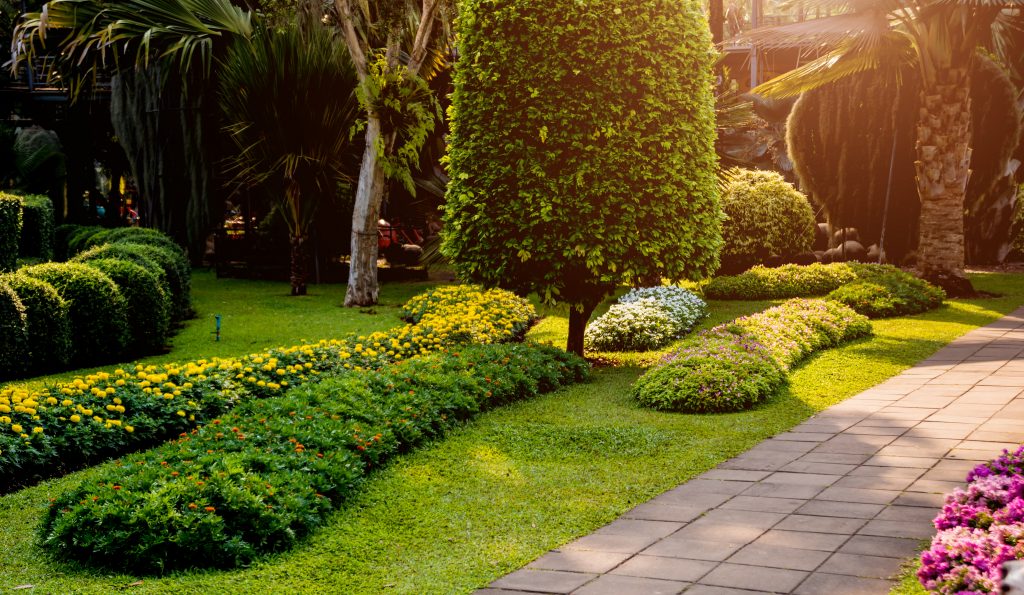
Which fence is my responsibility: Left or right?
Determining responsibility for a garden fence requires a clear understanding of ownership, maintenance obligations, and how to handle damage. The following subsections provide detailed information to guide locals who own a home.
Understanding Who Owns the Fence
The ownership of a garden fence is typically indicated on the Title Plan associated with the property. In many cases, a T symbol will denote the responsible party. If the T symbols appear on both sides of the boundary line, this generally implies joint ownership and, thus, shared responsibility.
Repair and Maintenance Responsibilities: Who’s are they?
When it comes to maintenance and repairs, the property owner who owns the fence is usually responsible. This includes routine tasks such as painting, treating against rot, and fixing any broken fence posts. However, if the fence is a party fence, meaning it’s on the boundary of two properties, both neighbours may have joint responsibility for maintenance, unless there’s an agreement stating otherwise.
Addressing Damage and Liability
Dealing with a damaged fence can be tricky, especially when it’s caused by reasons beyond a property owner’s control, such as a storm. If it’s clear that a neighbour is at fault due to negligence or criminal damage, then they could be liable for the repair costs. It’s worth checking home insurance policies, as they may cover fence damage in certain circumstances. When no fault is established, resolving the issue may require a mutually agreed-upon solution with the neighbour.
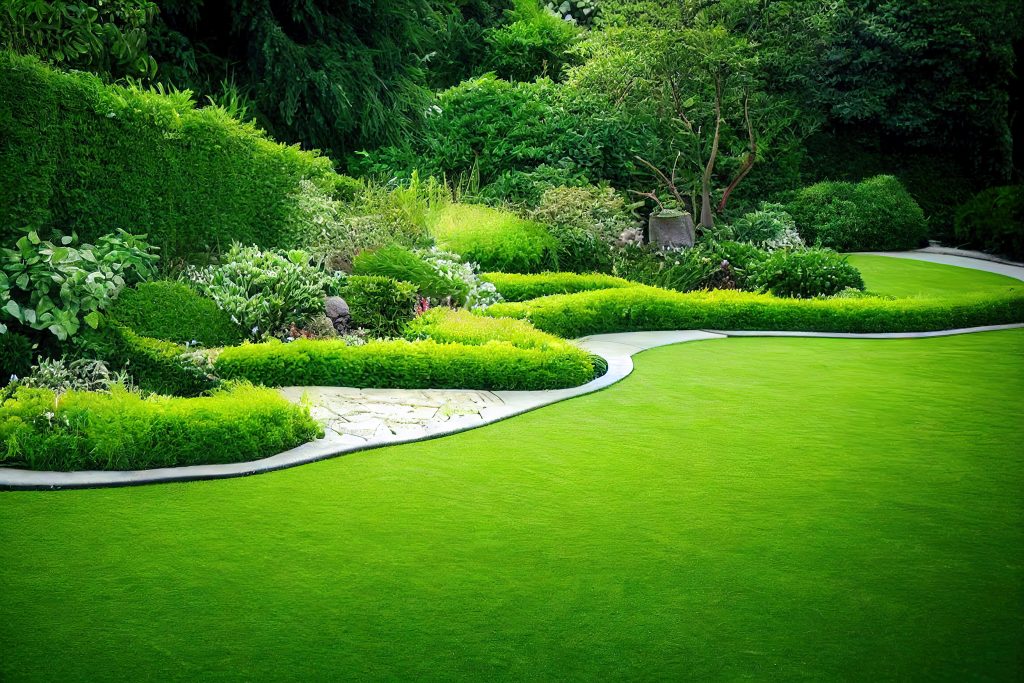
Enhancements and Alterations to Boundary Fences
When considering enhancements or alterations to a garden boundary fence, it is essential to navigate local planning permissions and decide on the fence orientation that will best serve the property.
Navigating Planning Permissions
In the UK, planning permission is typically not required for fences up to two metres in height. However, any changes extending beyond this limit would necessitate gaining approval. This includes adding structures such as a trellis, which could alter the overall height of the fence. Prior to fence installation or making alterations, property owners should consult UK regulations on garden fence height to ensure compliance. For a new fence, particularly one that may impact livestock or neighbouring properties, seeking guidance can prevent legal disputes and facilitate a smooth installation process.
Which side of the fence will face my garden? Boarding or Arris rails?
A question often asked by homeowners is which side of the fence—the more aesthetically pleasing boarding or the less attractive Arris rails—should face their garden. The answer lies within the property deeds and any existing boundary agreement. Typically, the side with the rails and structure should face the property responsible for the fence. However, it is possible to agree otherwise with neighbours. When adding Fencemate or Durapost® systems or opting to hang plants, clear communication with neighbouring parties ensures adherence to garden fence law and shared responsibility.
Conclusion
Determining which side of the garden fence is my responsibility can be simplified by following local regulations and mutual agreements. In many cases, if the more finished side of a fence is facing one’s garden, one could be responsible for its maintenance. For a definitive answer, owners should consult their property deeds or local council guidelines.
When in doubt, fostering a good relationship with neighbours and discussing fence responsibilities amicably is a productive approach. To make an informed decision, one might want to explore advice on garden fence law or examine additional resources that explain fence rules.
If formal clarification is required, homeowners are advised to obtain a legal perspective or consult with a professional. Doing so can prevent future disputes and ensure a harmonious living environment for all parties involved.



